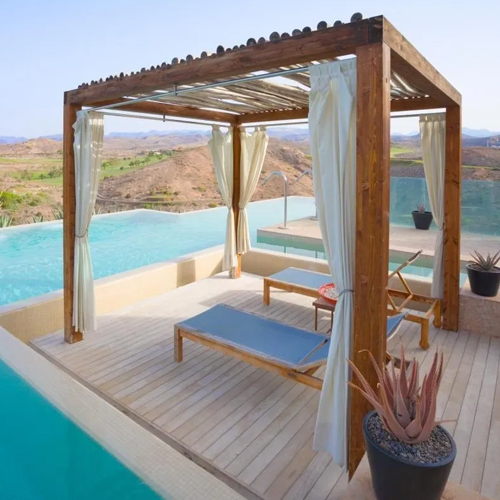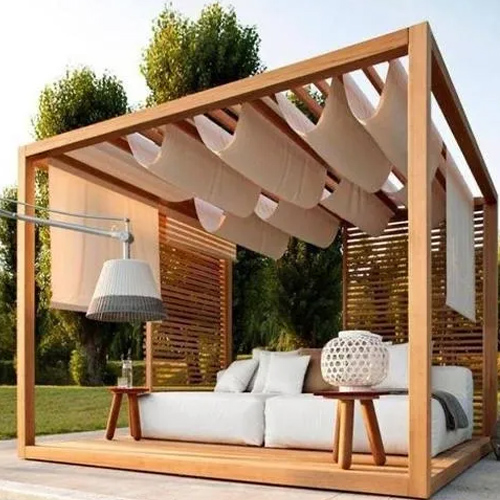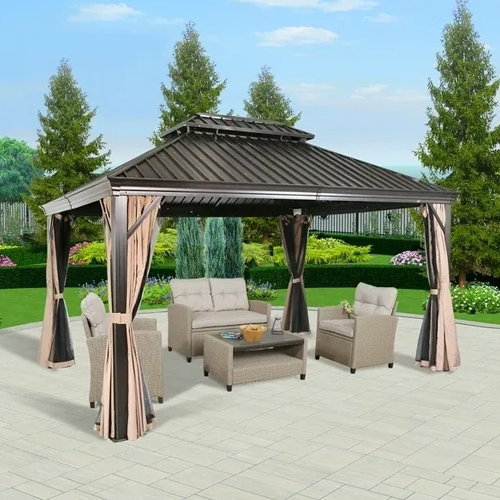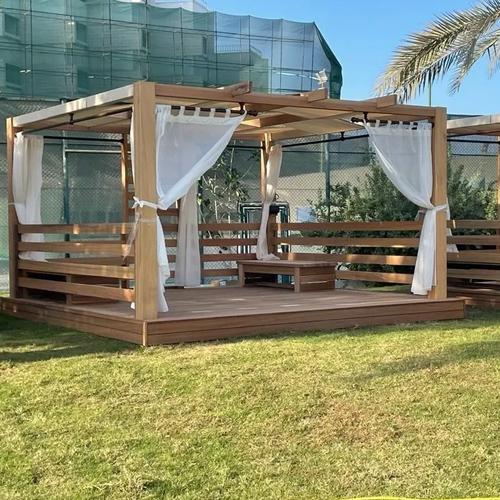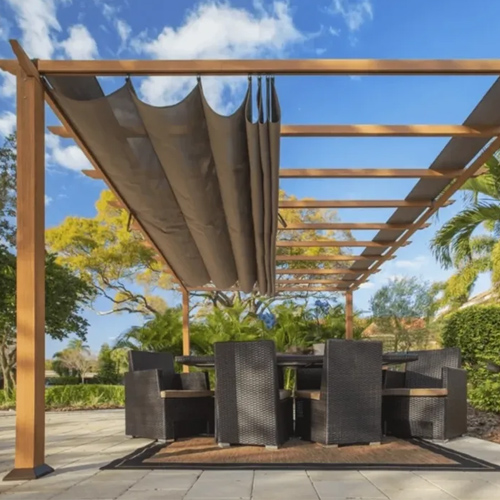The Benefits of Gazebos
Gazebos provide a great way to enjoy the outdoors without being exposed to the elements. They can be used for a variety of activities such as dining, entertaining, or simply relaxing. Gazebos can also be used to create a private outdoor space, allowing you to enjoy the scenery while enjoying some privacy.
Gazebos also provide a great way to add value to your home. They are attractive additions to any outdoor space and can be used to create a unique outdoor living space. Gazebos are also relatively easy to build and maintain, making them a great choice for homeowners looking to add some extra style to their outdoor living space.
Gazebo Styles
Gazebos come in a variety of styles, from traditional to modern. Traditional gazebos are typically made of wood and feature a peaked roof and decorative trim. Modern gazebos are often made of metal or plastic and feature sleek, contemporary designs. Gazebos can also be built in a variety of shapes, including octagonal, rectangular, and even circular.
Gazebos can also be customized with a variety of features such as benches, lighting, and screens. These features can enhance the look and feel of your gazebo and make it a perfect place to relax and entertain in the outdoors.
Gazebo Materials
Gazebos are typically made from wood, metal, or plastic. Wooden gazebos are the most common and are typically made from cedar, redwood, or pine. Metal gazebos are typically made from aluminum or steel and are more durable than wooden gazebos. Plastic gazebos are becoming increasingly popular due to their low maintenance requirements and affordability.
Gazebos can also be made from a variety of other materials such as stone, brick, or concrete. These materials are more expensive but can provide a unique look to your gazebo. No matter what material you choose, make sure it is durable and weather-resistant to ensure your gazebo lasts for many years.
Gazebo Maintenance
Gazebos require regular maintenance to ensure they remain in good condition. Wooden gazebos should be treated with a sealant to protect them from the elements. Metal gazebos should be inspected regularly for rust and corrosion. Plastic gazebos should be cleaned regularly to prevent dirt and grime buildup.
In addition to regular maintenance, gazebos should be inspected for structural damage such as rotting wood or rusting metal. It is also important to inspect the roof for damage such as loose shingles or broken tiles. Regular maintenance and inspection will help ensure your gazebo remains in good condition for many years.




